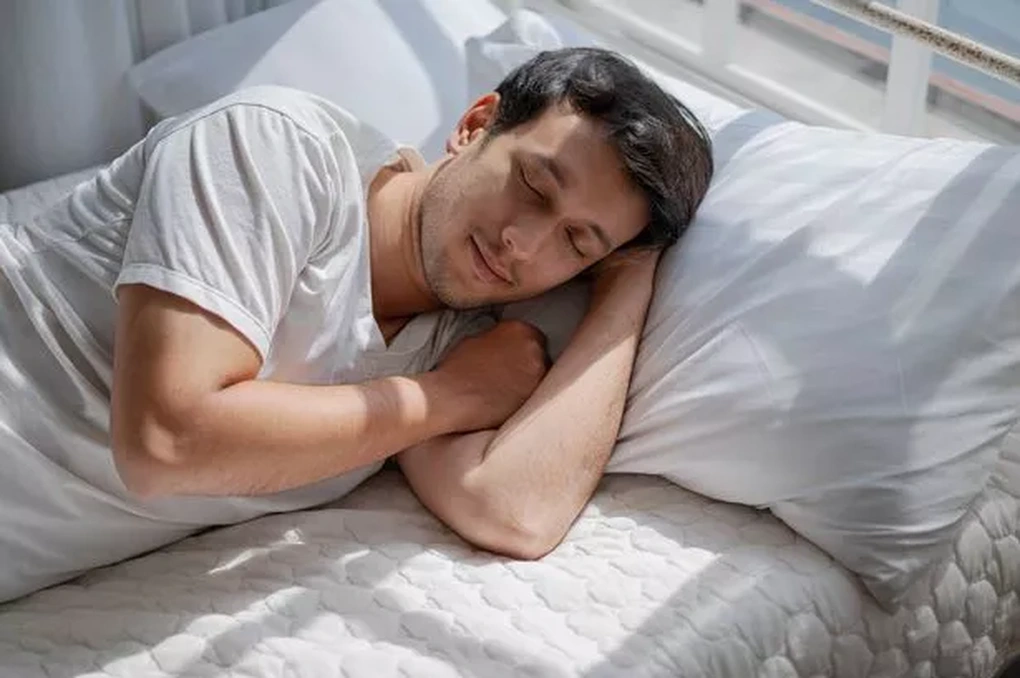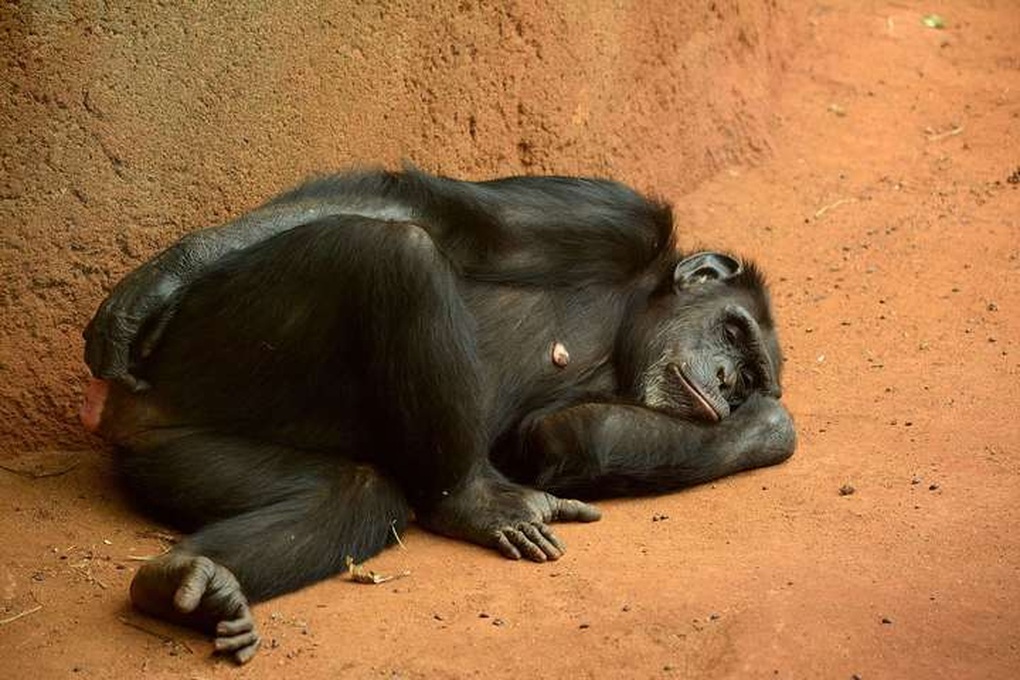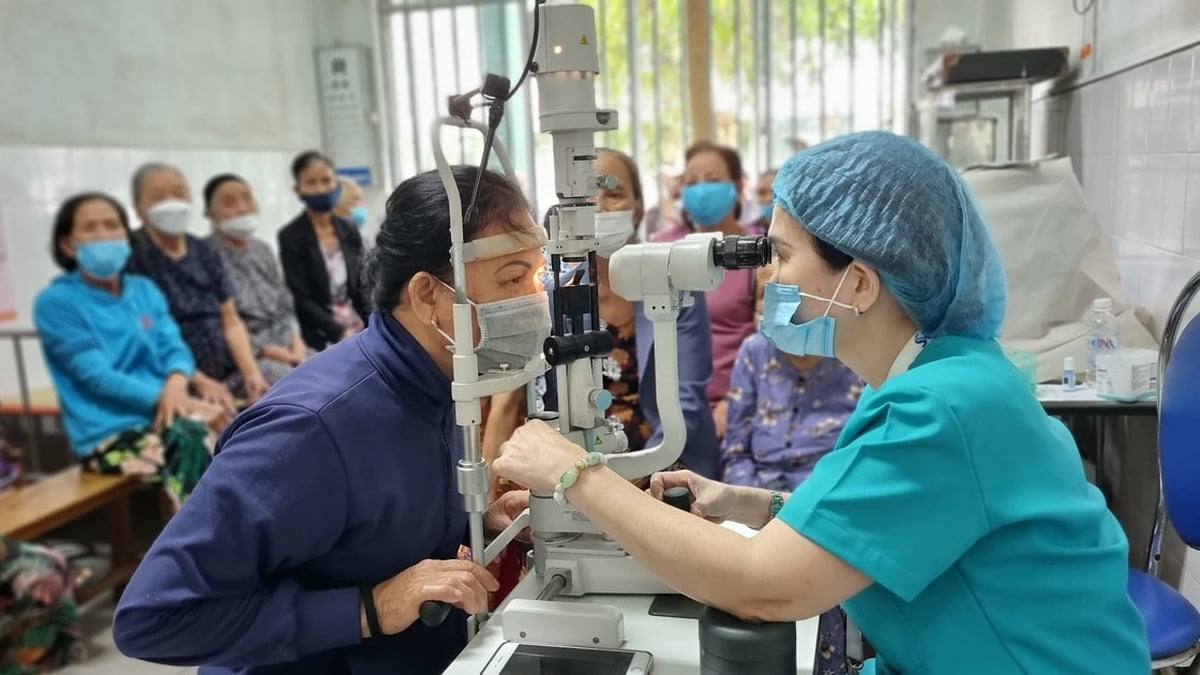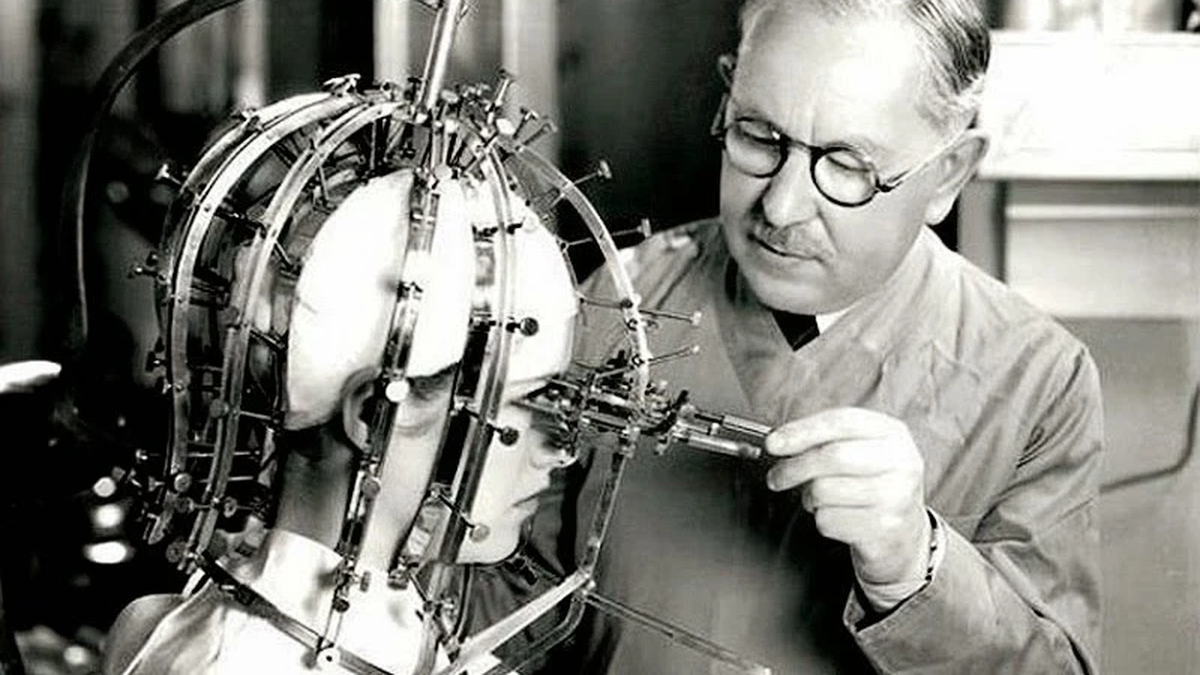People used to sleep without pillows.
In modern times, the pillow is considered an indispensable "companion" of sleep.
New research shows that pillows are not a natural human physiological need, and sometimes, sleeping without a pillow can even bring many benefits to the body.
In today’s world, from feather pillows to memory foam pillows, people are scrambling to find the “perfect pillow” for a good night’s sleep. However, European scientists have discovered that pillow habits are actually a product of lifestyle changes, not a requirement for good sleep.

Pillows are not a natural human physiological need (Photo: Getty).
The team compared the sleeping habits of modern humans with those of primitive tribes and primates. They found that pillows do not appear in evolutionary history as an essential item.
Instead, pillows became popular as people began to live in sedentary settings, making beds and changing sleeping positions.
Explained from a biological perspective, the human spine has a natural curve, which helps maintain balance when moving, absorbs shock and supports the head.
When sleeping, if the spine is maintained in the correct physiological curve, the body will feel comfortable, limiting muscle and joint stress.
Pillows can help maintain this curve, especially for back or side sleepers. But in fact, if you sleep in the right position, your body can still be completely relaxed and sleep well without any support under your head.
This is evident in the primitive communities that still exist, where people do not use pillows or headrests. They also rarely suffer from the muscle, bone, and joint problems that over 90% of modern people experience when growing up with the habit of using pillows.
Many special sleeping positions of primitive people
The sleeping positions of primitive people are remarkable: lying on one's side with the lower shoulder pressed against the ground, the neck held naturally; or sleeping half sitting, half curled up, using the Achilles tendon of one leg to clamp the toes of the other leg, both helping to maintain the posture and supporting the adjustment of the foot structure.
Another pose is the all-fours position, resting on both elbows and knees, which helps to gently stretch the spine, reducing pressure on the vertebrae.

Four-legged sleeping position (Photo: Getty).
These communities also have the habit of sleeping short hours and avoiding sleeping too long, so they do not have problems such as numb hands or stiff necks, which are common in modern people when sleeping in the wrong position or using an unsuitable pillow.
Besides, in harsh environmental conditions such as the high mountains of Tibet, nomads often sleep in a crouched position, reducing contact with the cold ground, keeping warm and ensuring rest.
This position is adopted by many modern explorers in the wilderness to avoid hypothermia, suggesting that humans can adapt to sleeping well without a pillow.
Interestingly, in many primates, our close ancestors, sleeping without a pillow still ensures maintaining neck balance, reducing the risk of insects crawling into the mouth thanks to the natural closed mouth position when lying on the side.

How primates sleep (Photo: Getty).
However, primitive people limited this position because the genitals were close to the ground, making them vulnerable to insect attacks, so they often closed their legs or adjusted their hips to protect their private parts.
However, it cannot be denied that pillows bring a comfortable feeling and are a habit ingrained in the lifestyle of most modern people. However, scientists say that over-reliance on pillows, especially pillows that are too high and too soft, can cause the spine to become unbalanced, increasing the risk of cervical spondylosis, neck and shoulder pain, or scoliosis.
Source: https://dantri.com.vn/khoa-hoc/vi-sao-con-nguoi-phai-co-goi-moi-ngu-ngon-20250701065944626.htm




























![[Photo] Gia Lai provincial leaders offer flowers at Uncle Ho's Monument with the ethnic groups of the Central Highlands](https://vphoto.vietnam.vn/thumb/1200x675/vietnam/resource/IMAGE/2025/7/9/196438801da24b3cb6158d0501984818)







































































Comment (0)